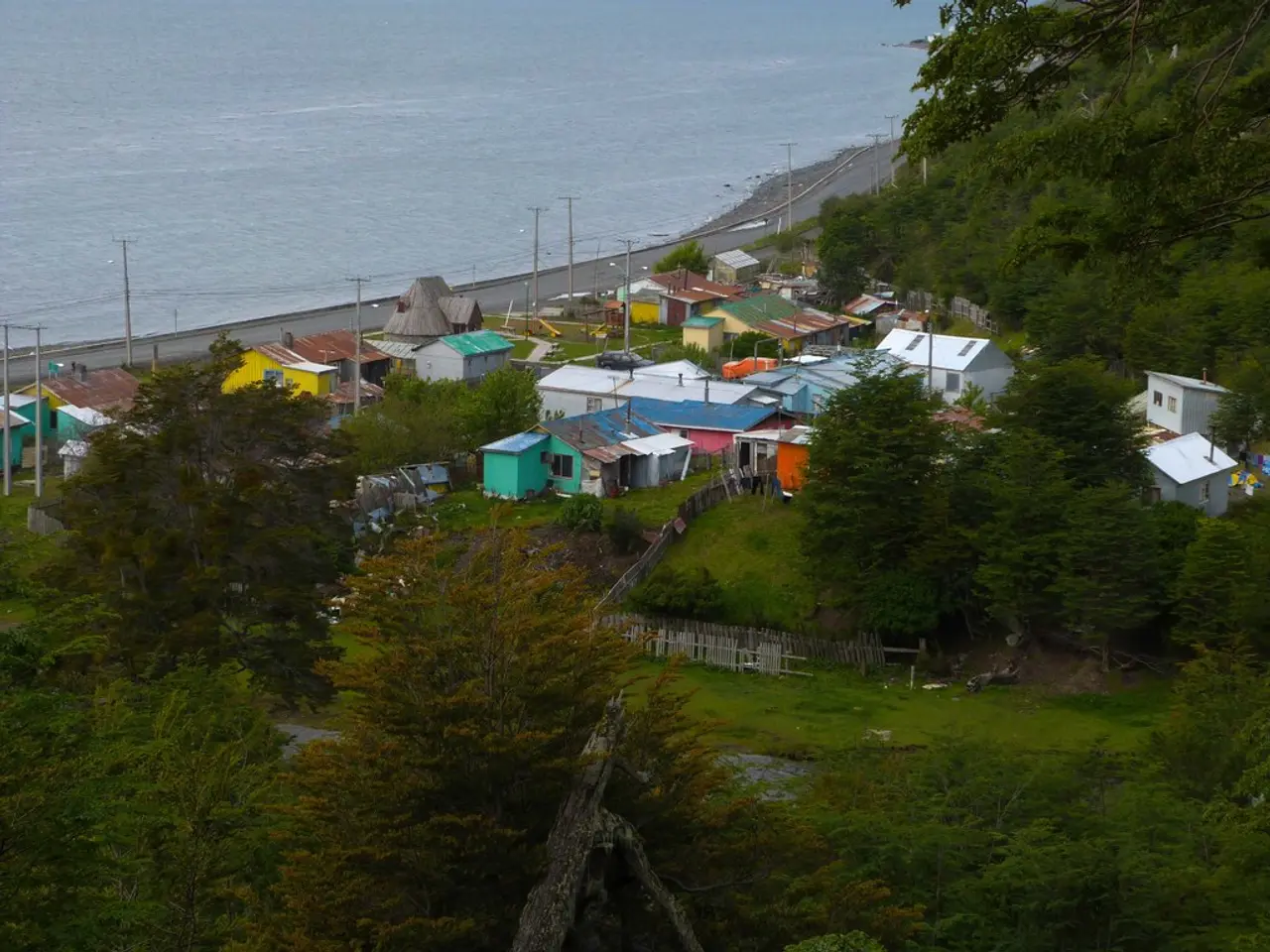Waters Not Meeting Standards as Per Clean Water Act's Section 303(d): Determination of Impaired Waters and Setting of Total Maximum Daily Loads (TMDLs)
The Clean Water Act (CWA) Section 303(d) Program, overseen by the Environmental Protection Agency (EPA), plays a vital role in ensuring the health and well-being of water bodies across the United States. This program focuses on identifying, listing, and restoring impaired waters to meet water quality standards.
At the heart of the Section 303(d) Program is the identification and listing of water bodies that do not meet or are threatened to not meet water quality standards. States are required to submit a list of impaired waters, often referred to as "water quality limited segments" or "impaired waters," to the EPA.
Once impaired waters are identified, the next step is to establish a Total Maximum Daily Load (TMDL) for each water body. A TMDL is the maximum amount of a specific pollutant that the water body can assimilate without violating water quality standards. This involves calculating pollutant load limits from all sources, both point (such as wastewater treatment plants) and nonpoint.
After the TMDLs are established, states must develop and submit pollution reduction plans that specify how to reduce pollutant loads. These plans incorporate the TMDL limits into permits for point sources and address nonpoint sources through state programs.
The EPA reviews and approves or disapproves states’ impaired waters lists and associated TMDLs to ensure compliance with the CWA. Disputes over the adequacy of TMDLs, such as addressing phosphorus pollution, have led to legal challenges under Section 303(d).
The Section 303(d) Program also focuses on the protection and restoration of water bodies from mercury, nutrients, ocean acidification, and stormwater impacts. Healthy watersheds are a key focus of the program.
The EPA organizes its Program Activities by regions, and users can find their region on the EPA's website. The Assessment and TMDL Tracking System (ATTAINS) is a tool for finding impaired waters in states.
The 2022 - 2032 Vision for the Clean Water Act Section 303(d) Program has been established, and the EPA works closely with states in implementing the program. The agency also coordinates nationally to ensure consistent implementation of the program.
A TMDL establishes the maximum amount of a pollutant allowed in a waterbody and serves as the starting point or planning tool for restoring water quality. The 2026 Clean Water Act Sections 303(d), 305(b) and 314 Integrated Reporting and Listing Decisions are available in a pdf document.
In summary, Section 303(d) of the CWA provides a comprehensive framework for identifying impaired waters, quantifying pollutant load limits through TMDLs, and creating plans to restore these waters to meet water quality standards. This process enables targeted and enforceable actions for water quality improvement under the Clean Water Act.
[1] Environmental Protection Agency. (n.d.). Section 303(d) Water Quality Planning. Retrieved from https://www.epa.gov/cwa-303(d) [2] United States General Accounting Office. (2003). Total Maximum Daily Loads: EPA and States Need to Improve Program to Better Address Water Quality Challenges. Retrieved from https://www.gao.gov/products/gao-03-342 [3] United States Environmental Protection Agency. (2019). Total Maximum Daily Loads (TMDLs). Retrieved from https://www.epa.gov/tmdl [4] United States Environmental Protection Agency. (n.d.). Clean Water Act Section 303(d) Program. Retrieved from https://www.epa.gov/cwa-303(d) [5] United States Environmental Protection Agency. (n.d.). Total Maximum Daily Load (TMDL) Development. Retrieved from https://www.epa.gov/cwa-303(d)/total-maximum-daily-load-tmdl-development
- The Section 303(d) Program, under the Environmental Protection Agency (EPA), aims to preserve not only water bodies, but also the land that surrounds them, as healthy watersheds are a key focus of the program.
- The TMDL, a critical aspect of the Section 303(d) Program, sets a limit for the amount of a specific pollutant in a water body, and this can include pollutants like phosphorus which have caused disputes over the adequacy of these limits.
- As the Clean Water Act Section 303(d) Program moves forward, it looks beyond water to address issues like mercury and ocean acidification, and it also employs science and technology in its initiatives, such as the Assessment and TMDL Tracking System (ATTAINS) and the use of financial resources to implement its vision.




